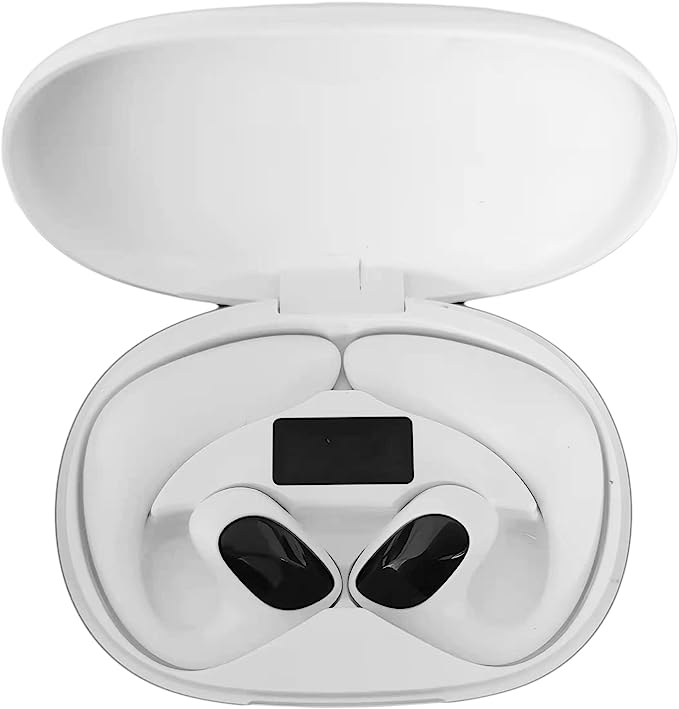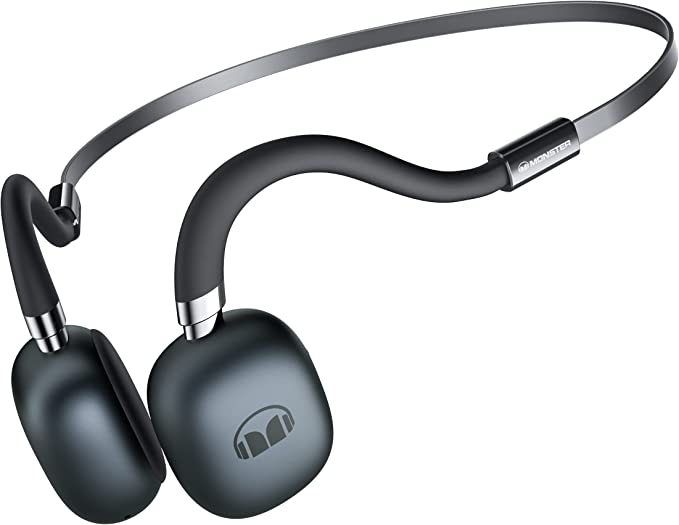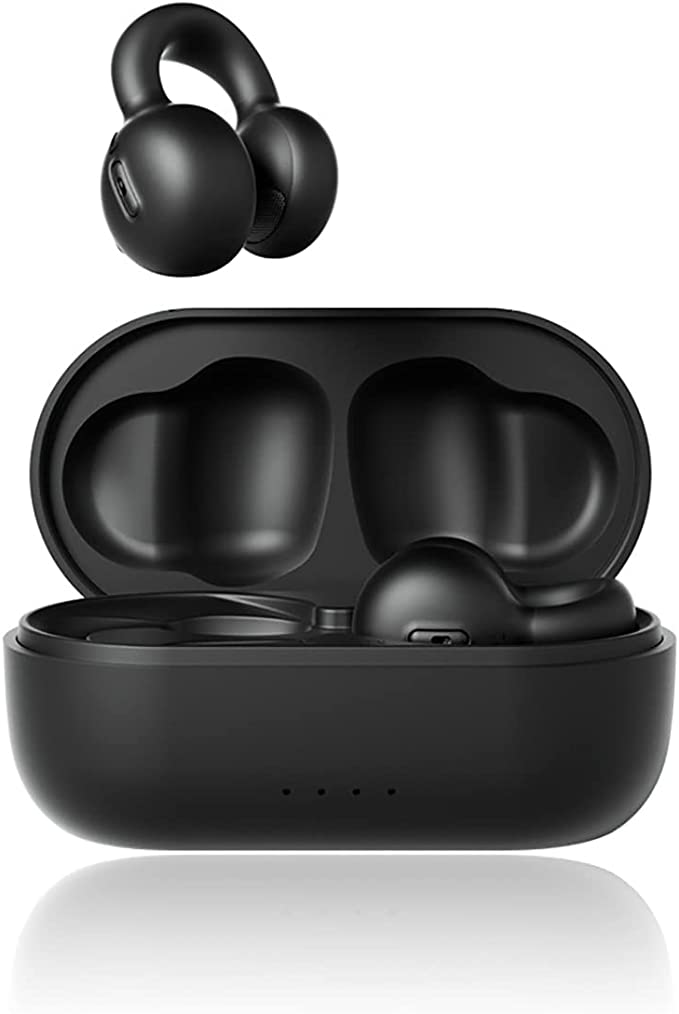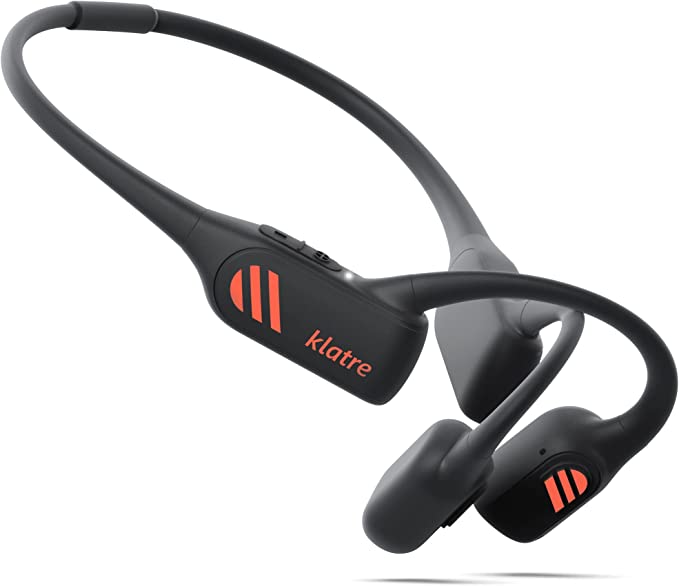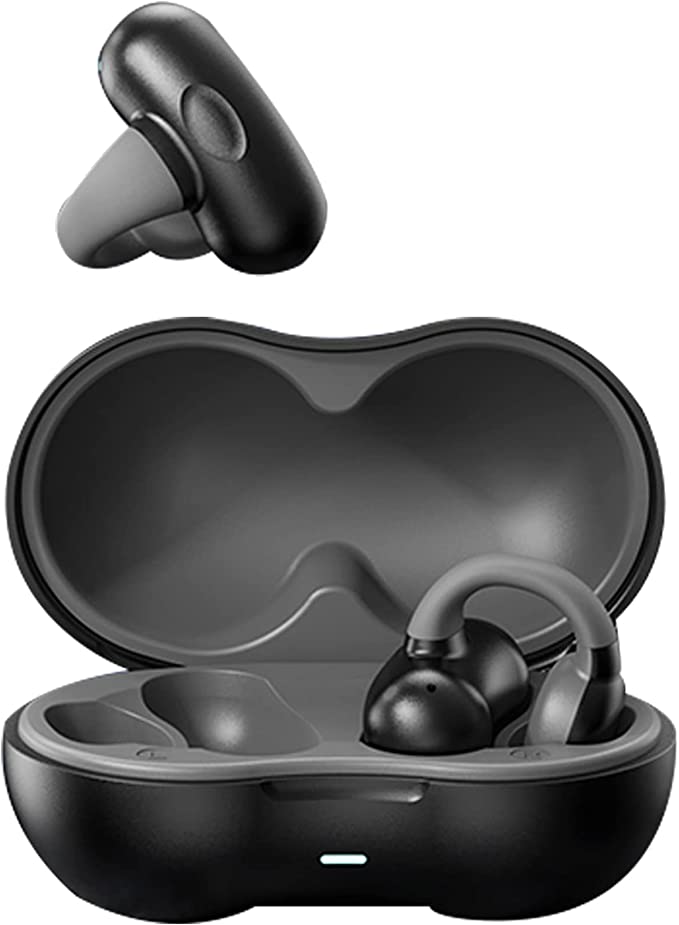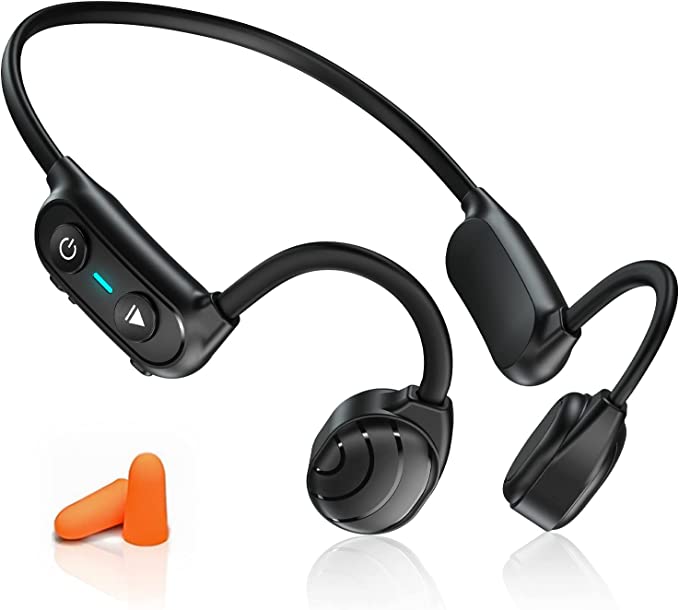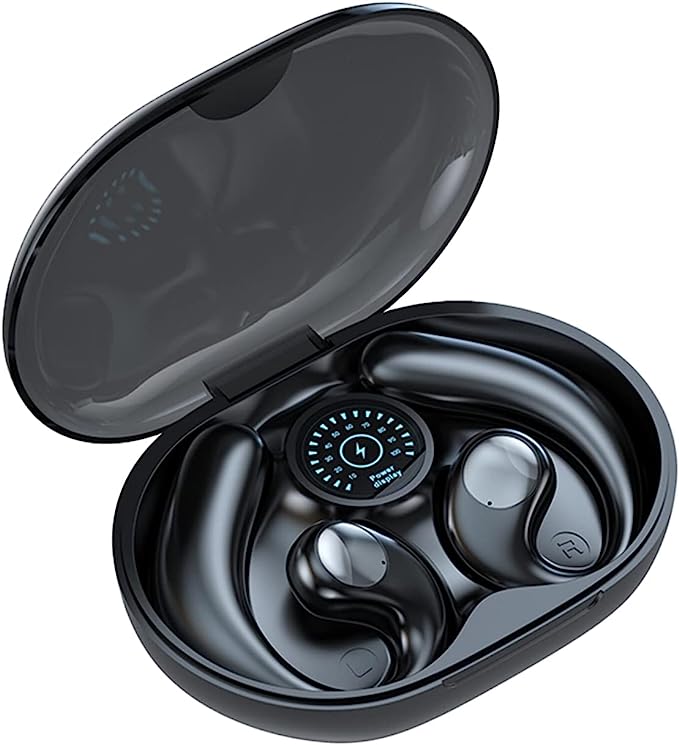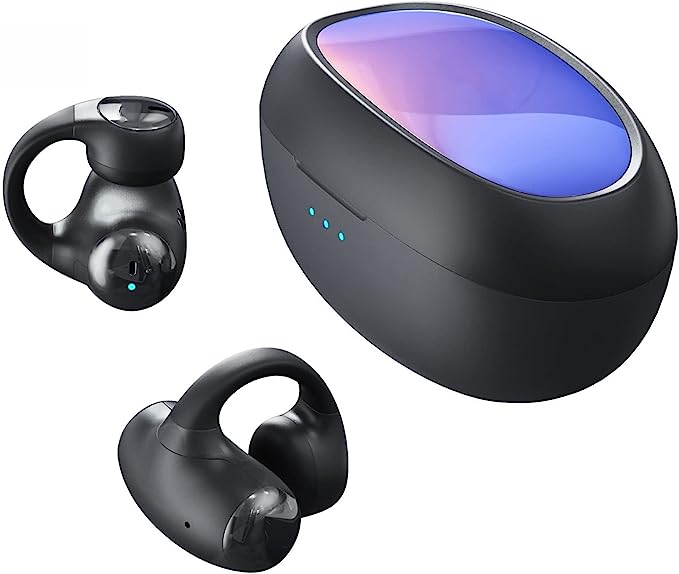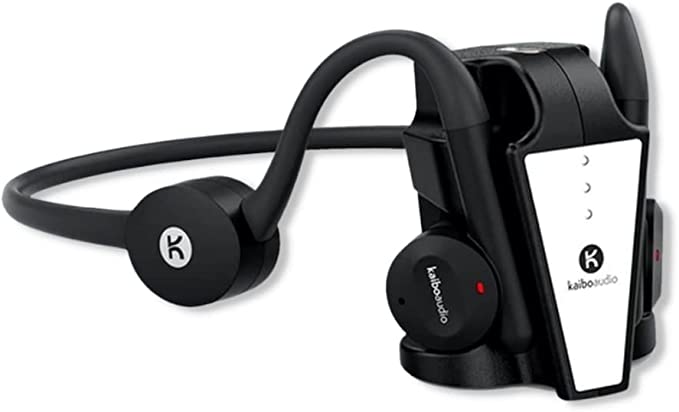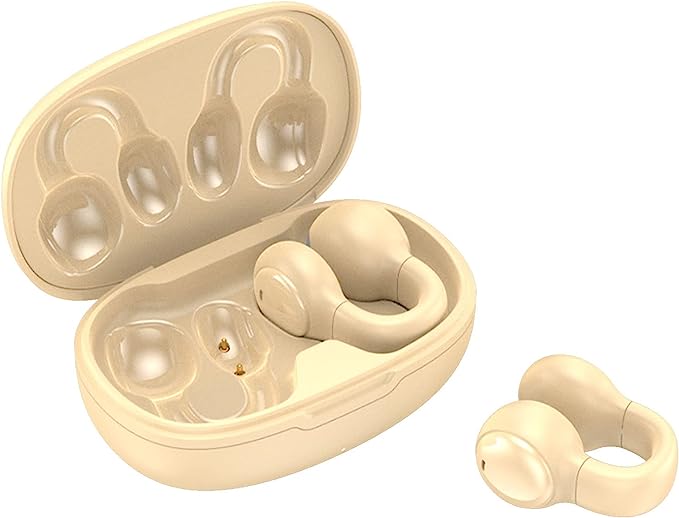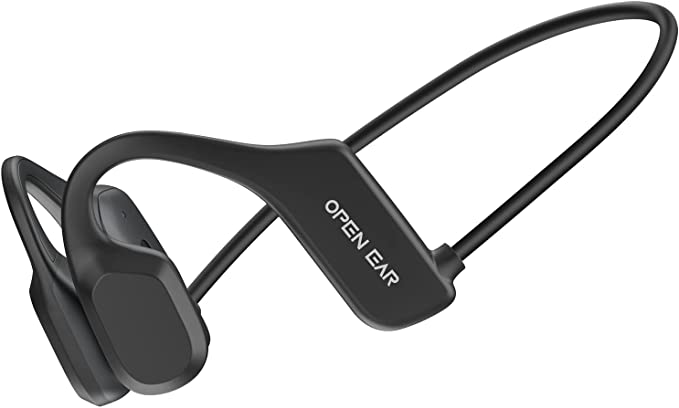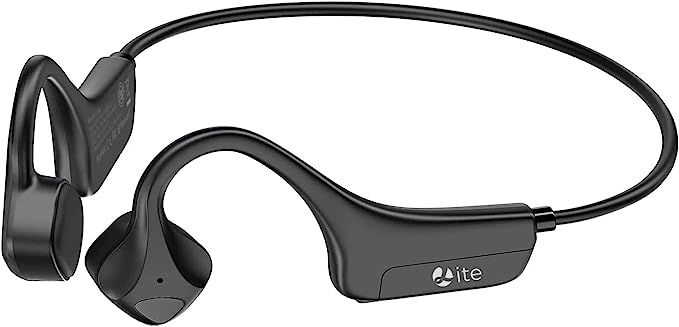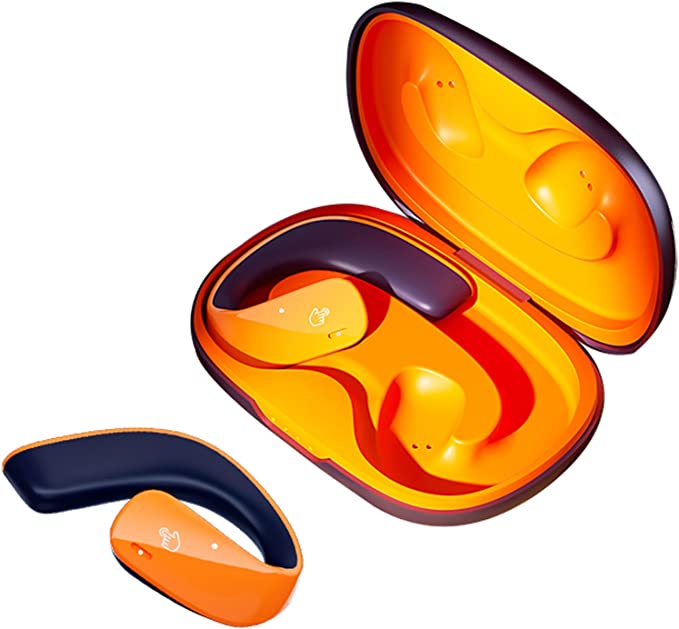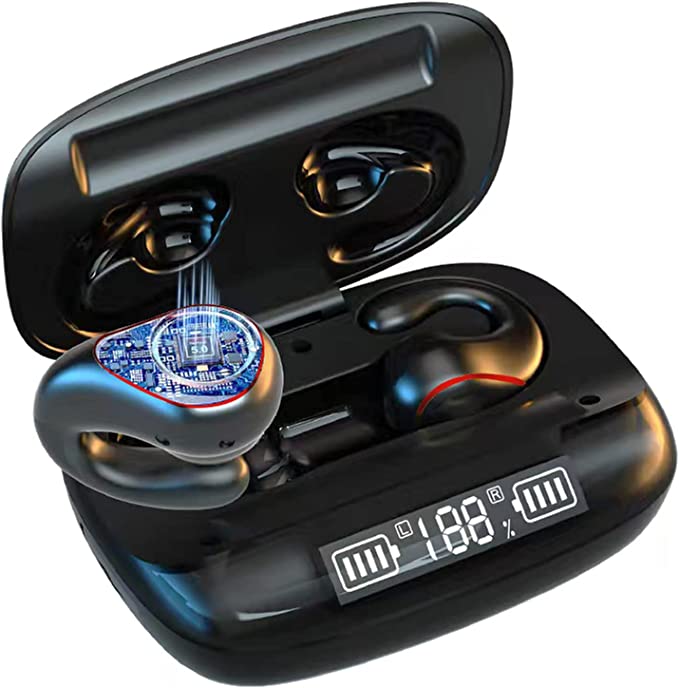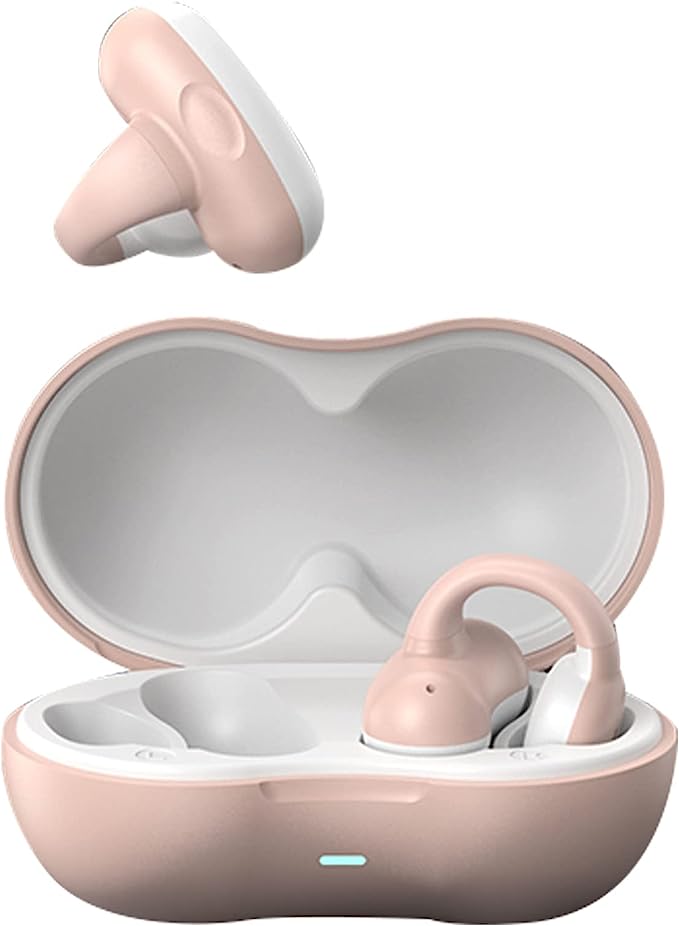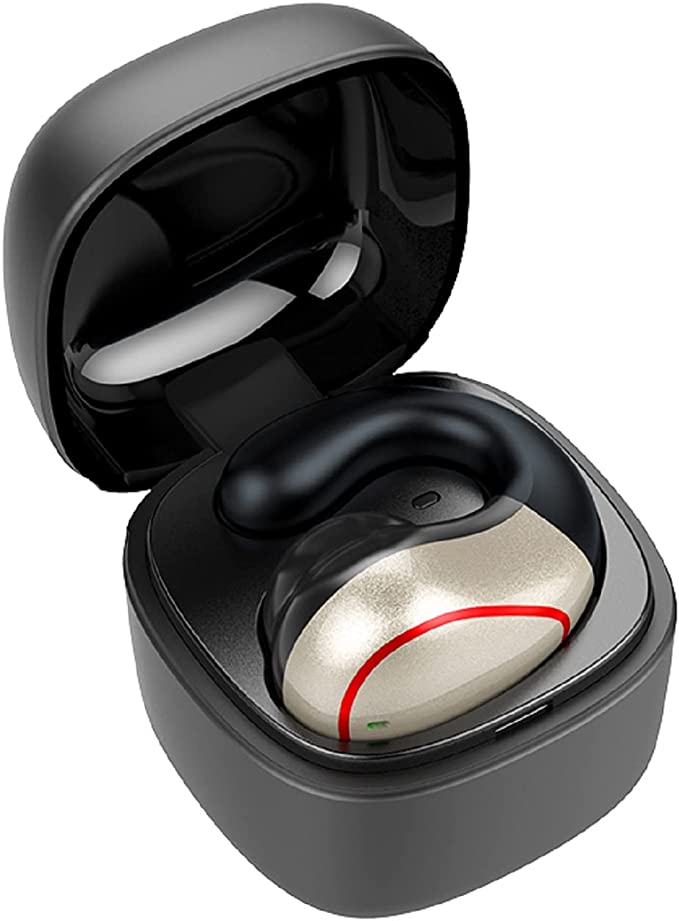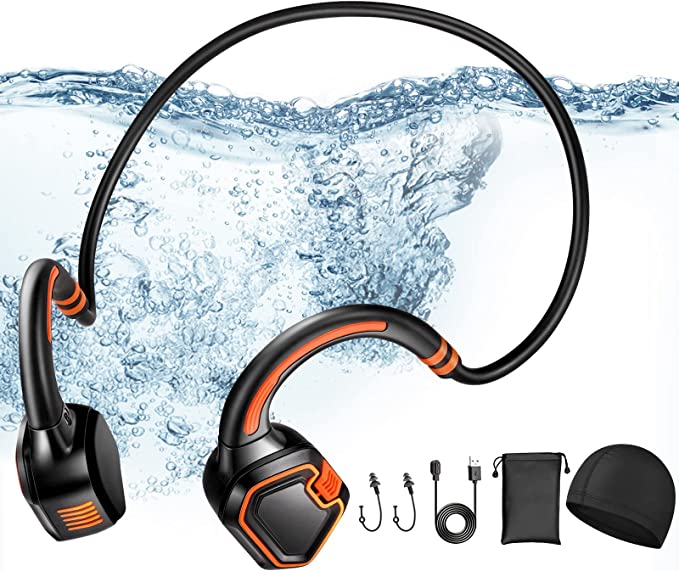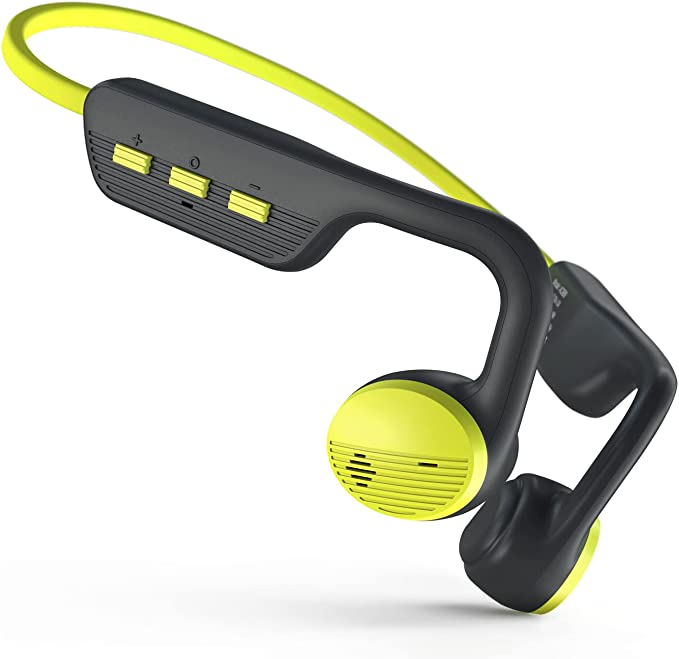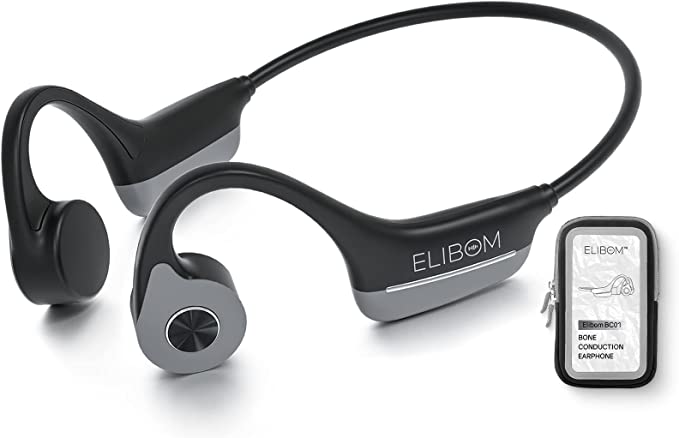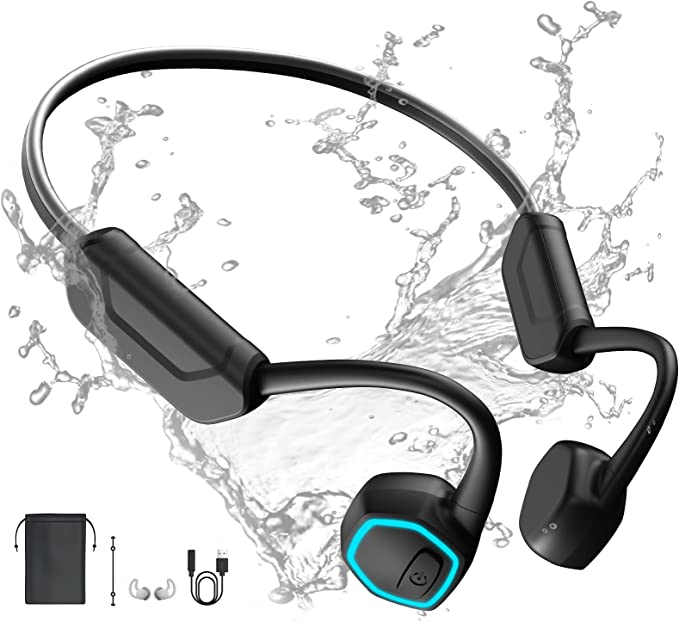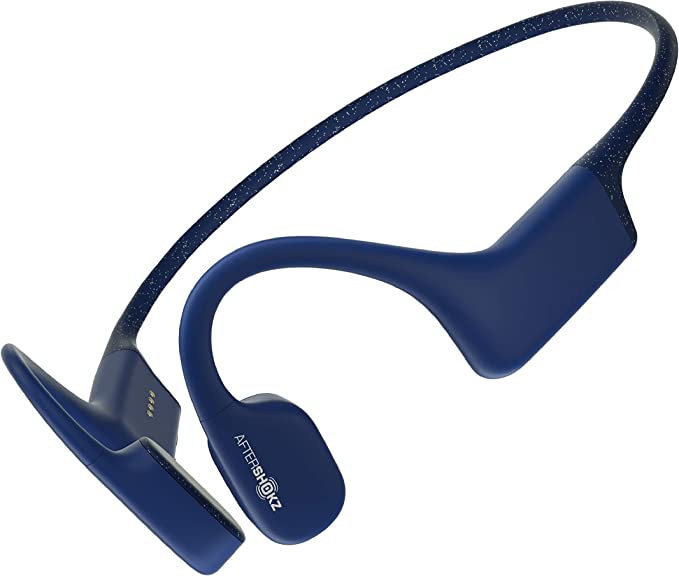The Buyer's Guide to Open-Ear Headphones: Navigating Promise and Pitfalls
Update on Nov. 14, 2025, 8:40 p.m.
The promise of open-ear headphones is undeniably alluring. Technologies like bone conduction offer a revolutionary way to listen—a private soundtrack that doesn’t isolate you from the world, providing newfound levels of safety for runners and cyclists, and a liberating sense of comfort. This exciting frontier is expanding rapidly, with intriguing new designs appearing on the market at seemingly incredible prices.
But this new frontier is also a bit like the Wild West. For every genuine innovator, there are countless pitfalls waiting for the unsuspecting buyer. How do you separate the promising technology from the problematic product? The key is learning to recognize the red flags. By using a real-world example, like the Xmenha Open-Ear Earbuds—a product whose user feedback perfectly illustrates these potential traps—we can build a buyer’s guide for navigating this exciting but uncertain landscape.

The Promise: Why Open-Ear Listening is a Game-Changer
Before we explore the pitfalls, let’s acknowledge the genuine promise. Bone conduction works by sending sound vibrations through your cheekbones directly to your inner ear, bypassing your eardrum. This leaves your ear canals completely open. The benefits are profound: * Situational Awareness: You can hear traffic, conversations, and other environmental cues, which is a massive safety advantage for outdoor activities. * Comfort: For those who find in-ear buds intrusive or uncomfortable, the open-ear design offers a “pain-free” alternative. * Hearing Health: By not directing sound pressure onto the eardrum, some argue it may be a gentler way to listen over long periods.
It is this compelling vision of a safer, more comfortable listening experience that draws us to explore new and affordable options. Now, let’s look at the warning signs to watch for.
Red Flag #1: The “Lost in Translation” Trap
You’ve found a promising-looking device at a great price and you click “buy.” It arrives, and you discover the instruction manual, packaging, and even the voice prompts in the headset itself are entirely in a language you don’t understand.
This is exactly what happened to several buyers of the Xmenha earbuds. One user noted, “All of the instructions, and voice speaking in your ear, are Chinese… These are completely useless to me.” This is more than a minor inconvenience; it’s a critical red flag. It signals that the product may not have been properly localized for your market. It suggests a rush to market without a full investment in the user experience. If a company has overlooked something as fundamental as language, what other, less obvious details might they have missed in design and quality control?
Buyer’s Tip: Before purchasing from an unknown brand, scrutinize the product page and user reviews for any mention of language or localization issues. A product that speaks your language is the first sign of a brand that respects you as a customer.

Red Flag #2: The Ergonomic Gamble
Open-ear headphones often feature innovative new form factors, like the “sport clip-on” design. The goal is to provide a secure fit without plugging the ear canal. However, human ears are incredibly diverse in shape and size, and what works for one person can be a source of pain for another.
While some might find a clip-on design to be a stable and lightweight solution, one user of the Xmenha model reported that while they stay on, they also “do make my ears sore.” This highlights the inherent gamble with any non-traditional fit. Unlike standard earbuds that come with multiple tip sizes, a fixed-shape clip-on or over-ear frame offers little to no adjustability.
Buyer’s Tip: When considering a novel form factor, pay extremely close attention to reviews that mention comfort, soreness, or pressure points. Be aware that your personal experience may vary wildly. If possible, opt for designs that offer some form of adjustment or come from brands known for their ergonomic research.

Red Flag #3: The Review Minefield
A product with thousands of reviews provides a reliable data set. A product with only a handful of ratings, especially when they are polarized, is a major red flag. The Xmenha earbuds, with just seven ratings at the time of review, show a stark split: 54% are 5-star (“They actually WORK!”), while 29% are 1-star (“Beware…”).
This can indicate several potential issues: * Inconsistent Quality Control: A high percentage of 1-star reviews may suggest that a significant number of defective units are reaching customers. * Unreliable Early Reviews: The initial positive reviews could be from early adopters who got lucky, or in some cases, they may not be entirely authentic. * A Fundamentally Divisive Product: The product itself may have a design flaw (like the ergonomic gamble) that works for some but is a deal-breaker for others.
Buyer’s Tip: Approach products with very few or highly polarized reviews with extreme caution. Wait for a larger consensus to form from a more diverse group of verified purchasers before you invest, no matter how attractive the price.
Conclusion: Navigating the Frontier with Confidence
The world of open-ear audio is genuinely exciting, offering new ways to integrate sound into our lives safely and comfortably. However, as with any emerging technology market, the path is littered with potential missteps.
The lesson from our case study is not that all affordable open-ear headphones are bad, but that they require a more critical and informed approach from the buyer. By learning to spot the red flags—poor localization, risky ergonomics, and unreliable review patterns—you transform yourself from a hopeful gambler into a savvy explorer. You can appreciate the promise of the technology while skillfully navigating the perils of its implementation, ensuring that your next audio purchase is a genuine step forward, not a frustrating step back.
